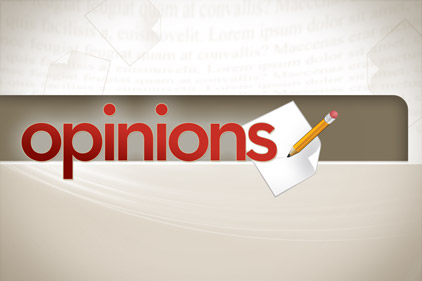I’ve been following the attention to green since way back to the mid-80s with the first wave of changes in refrigerants related to first ozone depletion and then global warming.
Attack
Environmental groups primarily in Europe were the first to launch attacks on anything perceived by them to cause our planet to not remain green in the literal sense of green grass and trees.
That spun off to a myriad of ways to use the term in numerous contexts.
In the HVACR industry, beyond the refrigerant changes, green is tied in with energy efficiency and sustainability. The industry has been doing energy efficiency as long as I can remember since energy efficiency means it costs less to run mechanical HVACR equipment. As R&D came up with more ways to make equipment energy efficient, such equipment was introduced. Along the way, federal and state (mainly California) regulations began to mandate certain levels of efficiencies.
The sustainability aspect came about when advocates began to look at ways for an entire home or building to be as energy efficient as possible with a zero negative effect and keeping our planet green.
The highest profile aspect in this regard is the Leadership in Energy and Environmental Design (LEED) certification program of the United States Green Building Council.
Another component is alternative energy sources such as solar and wind and how they factor into the equation. The now annual GreenBuild Expo, which is taking place this week in Toronto, is a showcase for equipment, including much HVAC, that connects to such sources. Geothermal heat pumps and their ability to use the constant temperature of the earth and ponds is an aspect of this.
Next week’s issue of The NEWS will feature a product showcase highlighting some of that equipment. A couple of the feature stories will deal with how HVACR contractors can plug into the LEED program; and how much power can alternative energy sources generate to allow HVACR systems to run, in effect, off the electric grid which in many parts of the United States runs off coal, a nasty power source according to greenies.
Counterattack
Since the pieces were put into place for the Oct. 10 NEWS focus, a couple of things came to my attention. For one, one of my colleagues wrote a column wondering about the value of LEED certification and the long-term viability of the program.
Then a couple of solar advocates who write a weekly column in a newspaper published near where I live began to raise concerns about things that could disrupt the progress alternative energy sources have been making. They for some time have been frustrated with the red tape involved in getting federal money that is available for environmental projects, including those with alternative energy sources. Their most recent concern was over the issue of fracking which apparently involves injecting a fluid at high pressure into an oil deposits to fracture the rock above and release the liquid below. This apparently is a less costly way to get oil from more places and could drive down the cost of oil, they say.
They don’t think it is a long-term solution, but fear it could derail or delay solar and wind efforts.
I haven’t a clue how the future of LEED and the future of solar and wind will play out. I’m assuming they will both be viable topics next week, so check out that issue of The NEWS, and beyond that continue to learn about LEED and alternative energy options. They could prove a profitable part of your business — and could well be around for some time to come.
Publication date: 10/03/2011

